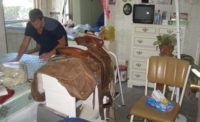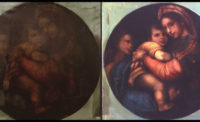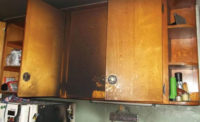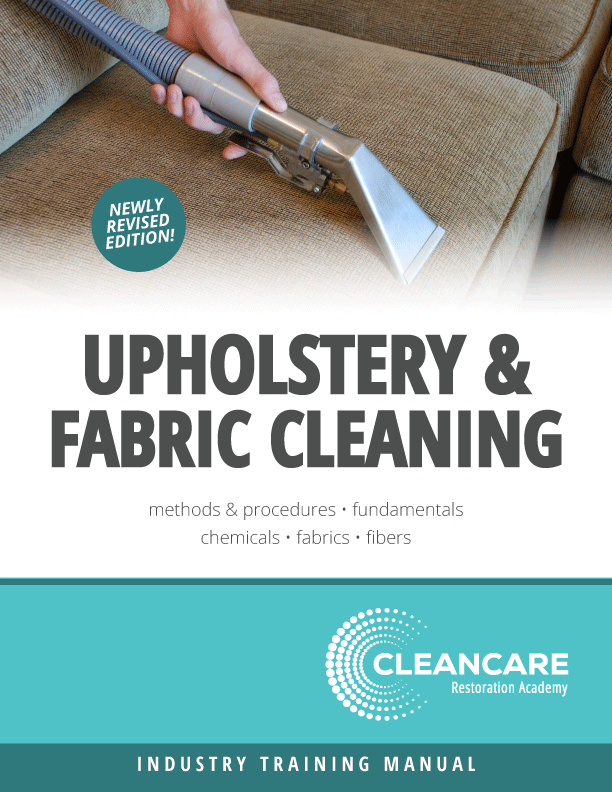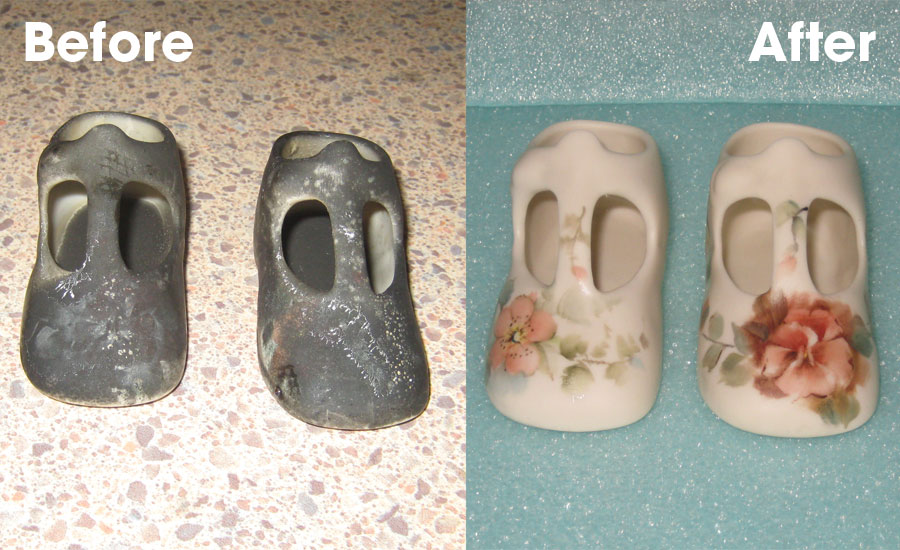Contents Corner: Ultrasonic Cleaning 101










Ultrasonic cleaning is a very important part of contents restoration. Not only will ultrasonic cleaning increase your productivity as well as your profitability, it will greatly increase the items you will be able to restore and return to their pre-loss condition.
Without ultrasonic cleaning, there are simply items that would be virtually impossible from which to remove soot and odor.
That being said, there are dangers to using this type of cleaning method as you can damage or break items in the cleaning process. You need to make sure anyone using an ultrasonic machine in your company has been properly trained so they understand the cleaning process and how to operate the equipment.
The basic things that can go wrong will usually involve warping, breakage, cracking, delamination and color loss or bleeding. You can avoid these most of the time by following these simple steps.
It goes without saying any items you plan to use this cleaning method on should be tolerant of water submersion.
Here are some other tips.
Tip #1: Items should be at room temperature before entering the machine.
The ultrasonic machine will likely be above 110 degrees when in use. This temperature can crack or break delicate items like china or crystal that are considerably cooler than the water. And these delicate items may have been weakened even more by high temperatures in the fire. So, it is important to make sure the items are room temperature and then submersed in a presoak sink or tank that is filled with water that is warmer (but not too hot) than the items themselves.
After a few minutes, you can then submerge the items into your ultrasonic cleaning machine. This process will help acclimate the item so an extreme temperature change won’t shatter or crack it.
Tip #2: Test the item’s reaction to water for color loss or color bleeding.
When an item is “dipped” into the ultrasonic machine, it is necessary for it to remain submerged for sometimes several minutes. This, combined with the warm temperature of the water, can cause some materials to lose color. These items should first be moistened or spritzed lightly to see if there is a reaction before dipping them in the machine.
When considering china with intricate patterns or crystal with gold or silver etching on them, the cavitation of the machine which is what helps remove the soot can also remove these embellishments. There is no real way to test for this; however you can take measures to prevent this from happening.
Fragile and delicate items like china and crystal can be set in the ultrasonic machine at a more shallow level, keeping them items further away from the transducers. You can also turn down the machine’s intensity, thus protecting these delicate patterns. Check these items frequently, only leaving them submerged for a few minutes at a time. Then re-submerge them as needed.
Tip #3: Check the item for any prior damage, i.e. loose edges, cracking, warping, etc.
This is a very important step. If there is already delamination or cracking, you may need to consider another method of cleaning for that particular item.
Warping may not pose a problem. In some cases, warping can actually be straightened out with submerging the item, but you will need to assess that on an individual basis.
The important thing is knowing how to use and on what to use ultrasonic cleaning. I recommend taking a class where you can get some training by a professional who is experienced in using ultrasonics to clean household items.
An ultrasonic machine for restorative contents cleaning is truly an incredible asset to have in your tool box.
Looking for a reprint of this article?
From high-res PDFs to custom plaques, order your copy today!




